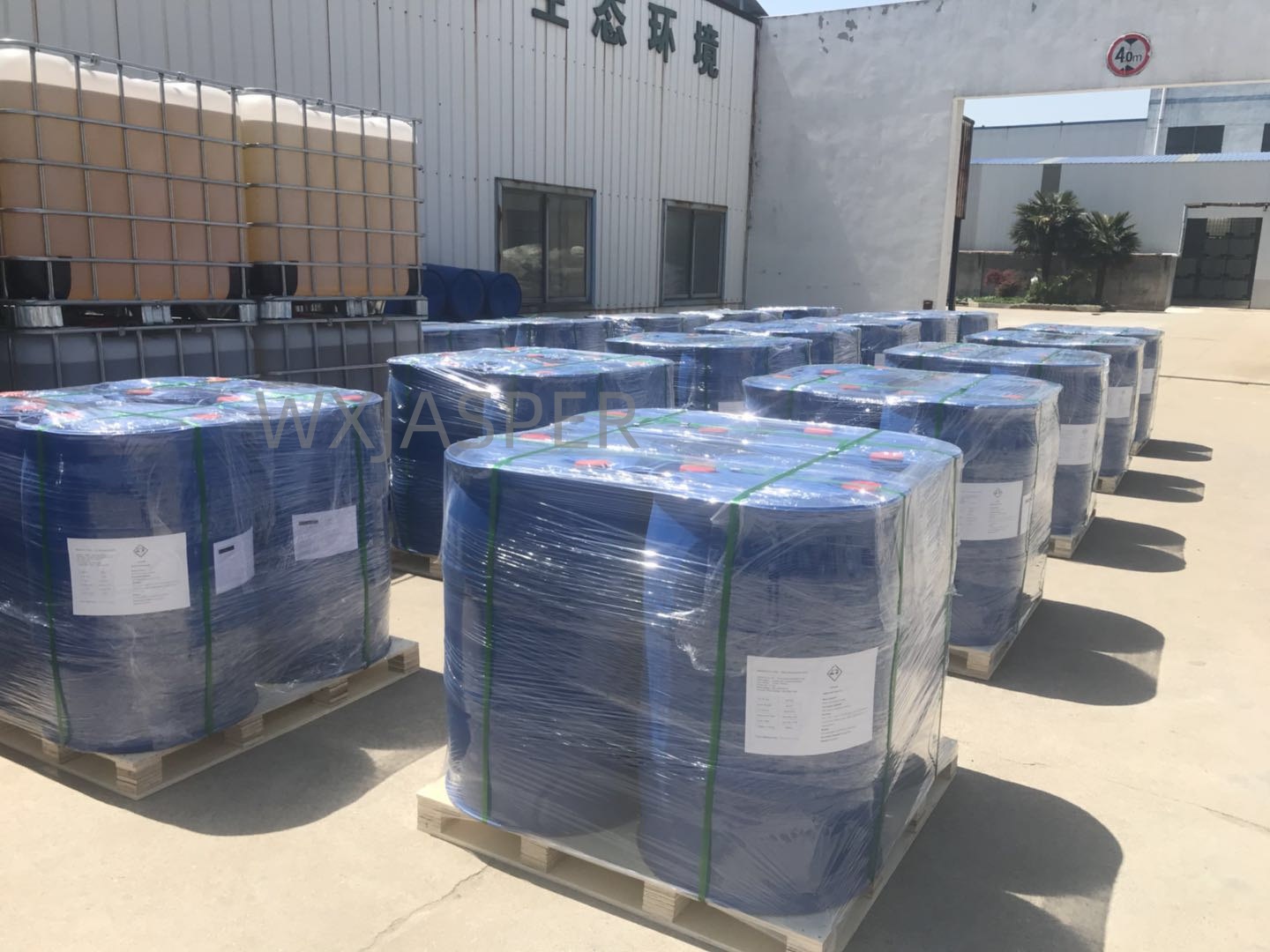


CasNo: 75-12-7
MF: CH3NO
Appearance: liquid
Delivery Time: 15 days
Packing: 200kg/drum
Purity: 99%
Basic Information
|
Model NO. |
75-12-7 |
Appearance |
Liquid |
|
Color |
White |
Purity |
99% |
|
Sample |
Available |
Specification |
200kg/drum |
|
Grade Standard |
Industrial Grade |
Origin |
China |
|
Transport Package |
Drum |
|
|
Product Description
Product Name:Formamide
CAS No: 75-12-7
Molecular formula : CH3NO
Form: Liquid
Product Application
Chemical Synthesis:
Essential Intermediate for manufacturing pharmaceuticals (e.g., vitamins, sulfa drugs) and agrochemicals (pesticides, herbicides).
Used to synthesize formamidine derivatives and other chemicals.
Industrial Solvent:
Primary solvent for producing acrylic fibers and ion-exchange resins.
Used in PCB cleaning solutions, printing inks, dyes, and adhesives.
Biotechnology:
Critical component in RNA gel electrophoresis and in situ hybridization buffers to denature nucleic acids.
Packaging
200Kg/drum
Storage
It should be stored in a cool, ventilated and dry place, away from fire and heat sources, and the drum cover should be tightly closed to prevent leakage and avoid contact with water.